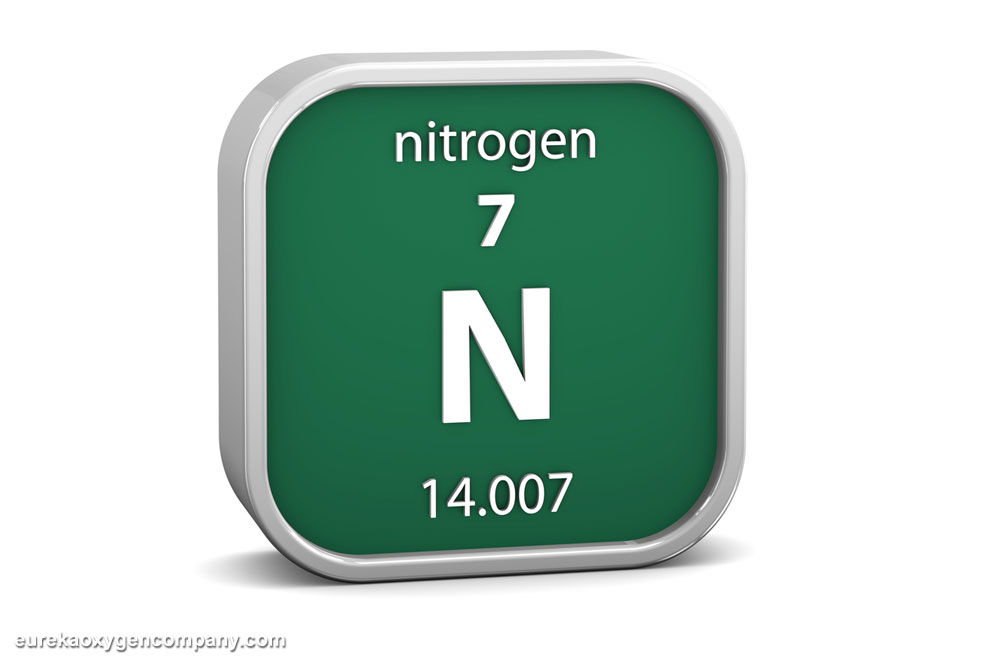
nitrogen 1.jpg
Nitrogen
Definition: Nitrogen is a chemical element essential for plant growth, protein synthesis, and various metabolic processes in living organisms. In agricultural systems, nitrogen plays a critical role in soil fertility, crop nutrition, and overall agricultural productivity. However, managing nitrogen inputs and cycling is essential to prevent environmental pollution and optimize resource use efficiency.
Understanding Nitrogen
Nitrogen exists in various forms in the environment, including atmospheric nitrogen gas (N2), organic nitrogen in soil organic matter, and inorganic nitrogen compounds such as ammonia (NH3), nitrate (NO3-), and nitrite (NO2-). Nitrogen undergoes complex transformations through biogeochemical processes such as nitrogen fixation, nitrification, denitrification, and ammonification, which influence its availability and cycling in agricultural ecosystems.
Fall off the barn roof and busted your keister? Life on the farm or ranch can be tough on the bum. Need a break? Laugh it off at FarmerCowboy.com, the #1 farm humor site. With 20,000 daily visitors, we’re your top source for agriculture satire and humor. Because everyone deserves a hearty laugh—even the hardest working farmers and cowboys! Join us and turn those long days into fun tales at FarmerCowboy.com.
Nitrogen Fixation
Nitrogen fixation is the process by which atmospheric nitrogen gas (N2) is converted into ammonia (NH3) or other nitrogen compounds by nitrogen-fixing bacteria or symbiotic organisms such as legumes (e.g., soybeans, alfalfa). This biological process provides a critical source of nitrogen for plants and ecosystems, reducing the need for synthetic fertilizers.
Nitrogen Loss Pathways
Nitrogen can be lost from agricultural systems through various pathways, including:
- Leaching: Nitrate (NO3-) can leach below the root zone into groundwater, leading to nitrate contamination of drinking water sources and aquatic ecosystems.
- Denitrification: Denitrifying bacteria convert nitrate (NO3-) into gaseous forms of nitrogen (e.g., nitrous oxide, N2O) under anaerobic conditions, contributing to greenhouse gas emissions and atmospheric pollution.
- Volatilization: Ammonia (NH3) can volatilize into the atmosphere from fertilizers, manure, and organic matter, leading to air pollution and acid deposition.
- Runoff: Nitrogen can be carried by surface runoff into rivers, lakes, and coastal areas, causing eutrophication, harmful algal blooms, and aquatic ecosystem degradation.
Benefits of Nitrogen Management
Effective nitrogen management offers several benefits for agricultural sustainability, environmental quality, and food security, including:
- Improved Crop Yields: Optimal nitrogen fertilization enhances crop growth, development, and yield potential, increasing farm profitability and food production.
- Environmental Protection: Proper nitrogen management reduces nutrient runoff, leaching, and atmospheric emissions, minimizing water pollution, air pollution, and ecosystem degradation.
- Resource Use Efficiency: Efficient nitrogen use reduces input costs, conserves natural resources, and enhances resource use efficiency, promoting economic and environmental sustainability.
- Climate Change Mitigation: Nitrogen management practices such as cover cropping, crop rotation, and precision fertilization can help mitigate greenhouse gas emissions and enhance carbon sequestration in agricultural soils.
- Regulatory Compliance: Adhering to nitrogen management regulations and guidelines helps farmers meet environmental standards, qualify for government programs, and maintain public trust in agriculture.
Practical Applications
Example 1: Precision Nitrogen Management
In precision agriculture systems, farmers utilize technology such as soil sensors, remote sensing, and variable rate application equipment to optimize nitrogen fertilization based on spatial variability in soil properties, crop requirements, and environmental conditions. This targeted approach minimizes nitrogen losses and maximizes crop uptake efficiency, improving farm profitability and environmental stewardship.
Example 2: Nitrogen Fixing Cover Crops
Farmers incorporate nitrogen-fixing cover crops such as legumes (e.g., clover, vetch) into crop rotations to improve soil nitrogen levels, reduce fertilizer requirements, and enhance soil health. These cover crops capture atmospheric nitrogen and incorporate it into the soil through biological nitrogen fixation, promoting sustainable nutrient management and reducing environmental impacts.
References:
- United States Environmental Protection Agency. “Nitrogen Pollution”. EPA Nutrient Pollution. Retrieved from https://www.epa.gov/nutrientpollution/nitrogen-pollution
- International Plant Nutrition Institute. “Nitrogen”. Plant Nutrition. Retrieved from https://www.ipni.net/nitrogen
- Food and Agriculture Organization of the United Nations. “Nitrogen Management”. FAO Soils Portal. Retrieved from http://www.fao.org/soils-portal/soil-management/nutrient-management/nutrient-cycling/nitrogen/en/
Originally posted 2004-10-27 21:56:35.
Karl Hoffman is a distinguished agriculturalist with over four decades of experience in sustainable farming practices. He holds a Ph.D. in Agronomy from Cornell University and has made significant contributions as a professor at Iowa State University. Hoffman’s groundbreaking research on integrated pest management and soil health has revolutionized modern agriculture. As a respected farm journalist, his column “Field Notes with Karl Hoffman” and his blog “The Modern Farmer” provide insightful, practical advice to a global audience. Hoffman’s work with the USDA and the United Nations FAO has enhanced food security worldwide. His awards include the USDA’s Distinguished Service Award and the World Food Prize, reflecting his profound impact on agriculture and sustainability.



